Unless you’re fairly new to the EM2WL lifestyle (or the fitness world, in general), you’ve no doubt begun incorporating some weight training into your workout regimen for optimal results. Even newbie fitness buffs are bombarded with strong “recommendations” of weight training everywhere they turn, and typically know that they “should” be lifting (even if they still choose not to). The longer you lift, the more intensity you need — this is where intensity techniques come into play.
In the beginning, simply getting through your workouts and sticking to the basics (compound movements in pre-set rep ranges) are more than enough to stimulate changes in your physique. But at a certain point it becomes very difficult to get more out of your workouts.
What gives?
Well…the more advanced you become, the more intensity techniques your training style will need in order to produce results.
What is Intensity?
Intensity — by definition — is an extreme degree of strength, force, energy, concentration, vigor, fury, passion, etc., done through activity, thought, or feeling. It’s basically not just what you do in the work out, but how you do it, and what energy you bring to it.
Working out at the wrong intensity level for you will typically:
⦁ cause burnout or injury (if your intensity level is too high for your fitness level)
⦁ bring your progress to a screeching halt (if your intensity level is too low)
Beginner vs Advanced Intensity
There’s a huge difference in the intensity level from beginner to advanced…let’s not forget that there’s an intermediate level between the two! And there’s even a difference in intensity of advanced lifters compared to that of competitors who are training for the stage. There’s absolutely no reason for a beginner to hop right into to an advanced lifter or professional competitor’s routine. That body took them years to develop, and it will take a beginner just as long (possibly longer) to do the same. Going all out up front simply leaves you with less tricks of the trade as you progress. This is no different from our basic premise on eating too little or doing too much cardio. Doing too much, too soon is almost always a recipe for disaster.
On the flip side, if you’ve been lifting for a year or more, and are still approaching your workouts halfheartedly, or doing the exact same moves, with the exact same weights, it’s time to step it up. If you want results, then make sure your head is in it. You’re not doing anyone any favors by simply lifting because it’s on your to-do list, or because Kiki said so. Be ALL in. Pop in those earbuds or that DVD and put it on blast. Get in your “zone.” Increase your poundage, eek out an extra rep/set, lower the weights slower than usual, or lift them more powerful and explosive than usual. If you’ve been doing full body workouts three times per week, try upper/lower splits 4 days per week or concentrate (ie more sets/reps) on one or two body parts, each day for five days. When it’s time to work, put in WORK. Yet, be sure to also rest when it’s time to rest; under-recovery can also lead to a lack of energy/drive/focus and, subsequently, results.
“The harder you work, the more results you will see, assuming that your training methods are as effective as possible. ” ~Arnold Schwarzenegger
So let’s say that you’re well beyond your beginner years. When you’re in the gym, you’re in.the.gym. You’re working as heavy as you can, doing as many sets as possible, and training as often as possible without overdoing it. What worked in the beginning years, simply doesn’t work anymore, no matter how “into” it you are.
The Longer You Lift, the More Intensity you Need
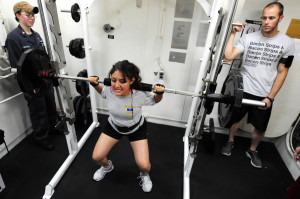 This is where intensity techniques come into play. Playing with rest times, supersets, burn sets, drop sets, giant sets, forced reps, partial reps, rest/pause, German Volume Training, etc., will prove invaluable in your advanced years. (We will go into detail on this at a later date, but several of these techniques have been included many of our workout plans).
This is where intensity techniques come into play. Playing with rest times, supersets, burn sets, drop sets, giant sets, forced reps, partial reps, rest/pause, German Volume Training, etc., will prove invaluable in your advanced years. (We will go into detail on this at a later date, but several of these techniques have been included many of our workout plans).
This is another reason why it’s not a great idea to totally abuse these techniques before their time. This tends to be quite common in newer lifters who were used to cardio-only workouts. They start out of the gate adding intensity techniques because they don’t feel like the slower pace of traditional lifting will “work.” In actuality, they should be taking FULL advantage of the newbie gain period, that produces results from hardly any effort. If that sounds like you, beware that you are setting yourself up for a harder road, than if you simply allow for natural intensity progression to take place. Two to three days per week of compound lifts are plenty for starters. Be assured, it IS working. Remember that there is a law of diminishing returns on ALL types of workouts. Just as with endurance workouts, the more advanced you become, the harder it is to continue to develop, and the harder you have to train.
Speaking of endurance…
Endurance limitations Affect Performance and Intensity
Without enough muscular endurance, it will become harder to get through your workouts with the same intensity. You’ll begin to feel as if you’ve hit a wall with your training: your lifts will stall out all together, or even begin to go down. This is due to the fact that endurance-style training (with weights or without) supply much needed oxygen to the muscles. If you use up your body’s ability to supply oxygen to the muscles (by never working in an endurance rep range), they will fail prematurely and you will not fully stimulate them. This can easily be remedied by taking a 4-6 week break and de-loading (reducing your weight, and increasing the reps) every 2-3 months or whenever you feel that you are entering that stall pattern. Going through a gradual endurance period (higher reps with very little rest between sets) will give your body time to adapt, and your ability to train hard, for longer periods of time will increase. You will tire more quickly, and likely feel like a punk, lol, but it’s short lived and for the greater good. So stick it out.
Along with tracking your progress via methods of tape measure, body fat percentage, and pics, be sure to examine your level of intensity. Ask yourself each time you hit the iron if your current intensity is where it should be. Do your best to bring the greatest intensity (focus, vigor, passion, energy) needed for your fitness level to each and every workout, you will continue to see changes for years to come.
Sick of trying to figure it all out on your own? Proper periodization is KEY to outsmarting your plateaus, but sometimes you need to dedicate your brainpower to more important things. I get it – so allow me to do the work for you. The EM2WL Level Up app is fully equipped with just the right amount of endurance, hypertrophy, strength, and metabolic phases (with instructions for exactly when to crank up or cut back the intensity techniques). Click here for more info.
References:
Dictionary.com
Mirriam-Webster.com
The New Encyclopedia of Modern Bodybuilding, Arnold Schwarzenegger
Photo creds: Stephanie Young, kl.fitness, US Navy, Cherry Point
Discover more from Eat More 2 Weigh Less
Subscribe to get the latest posts sent to your email.

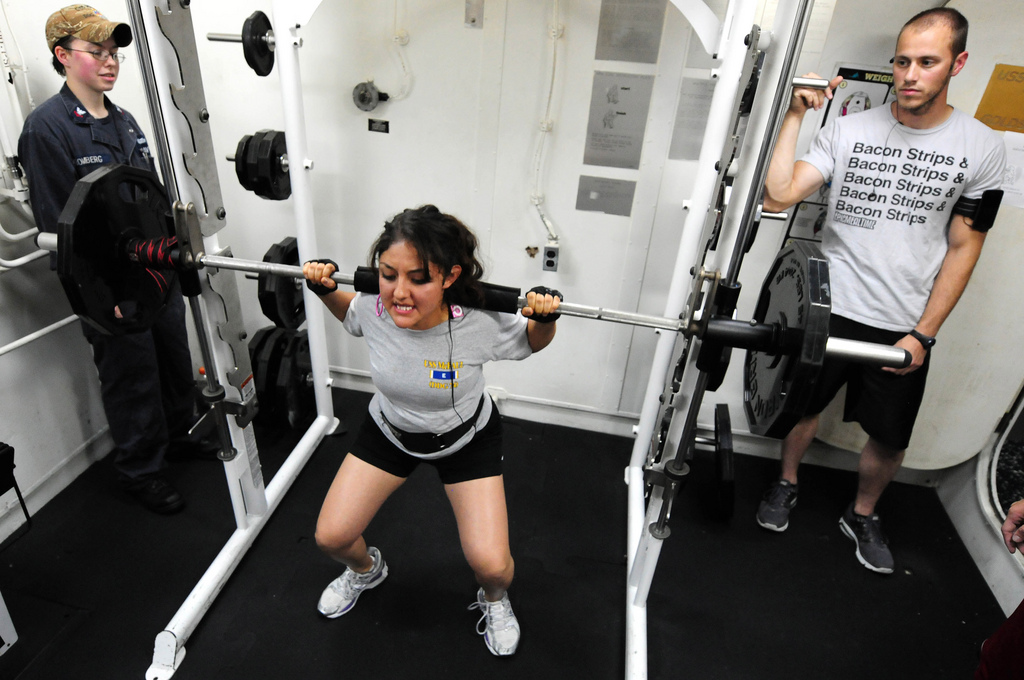
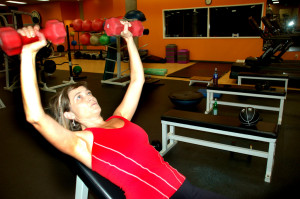
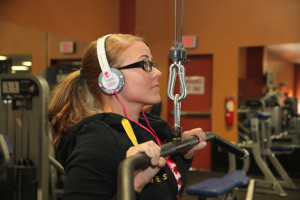
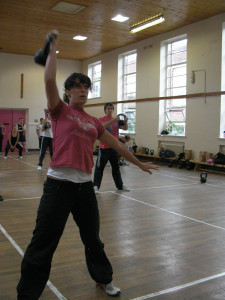
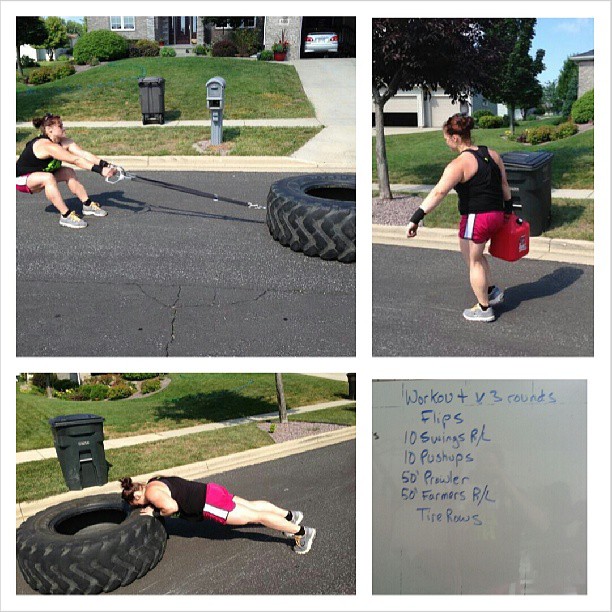

Recent Comments